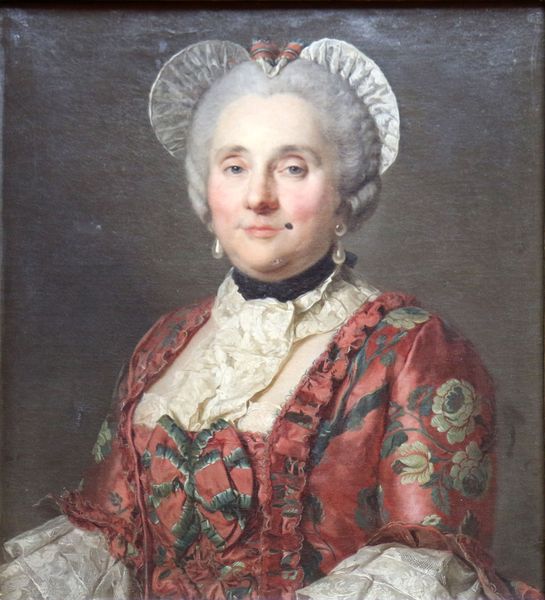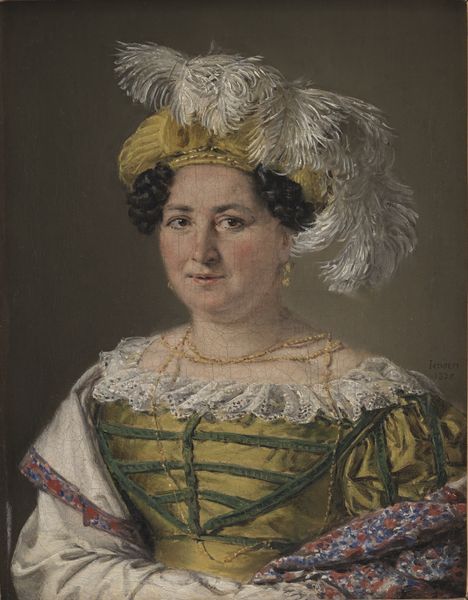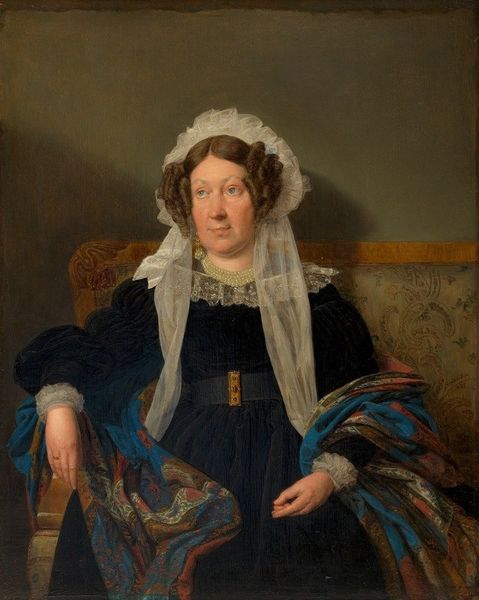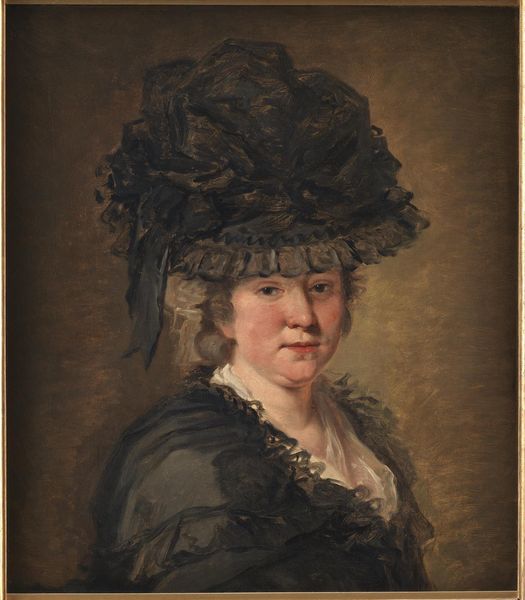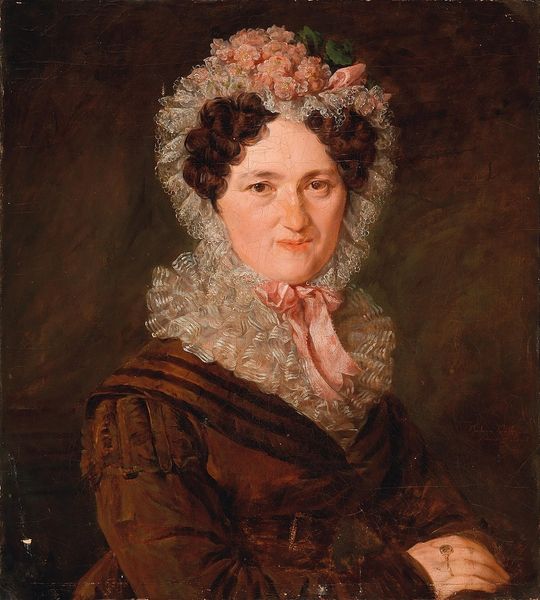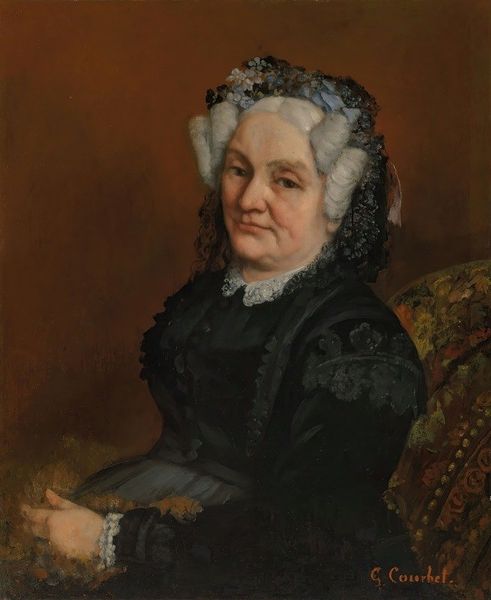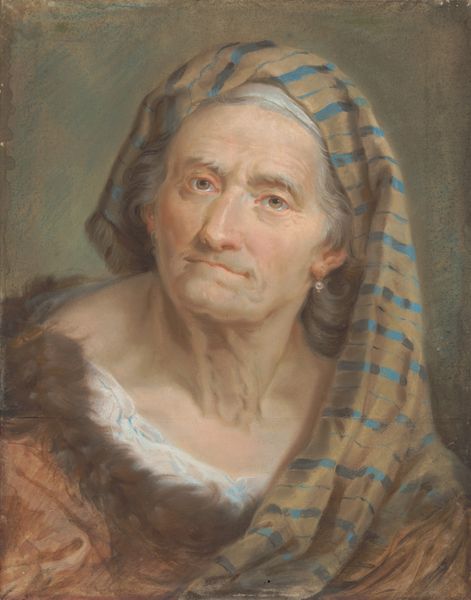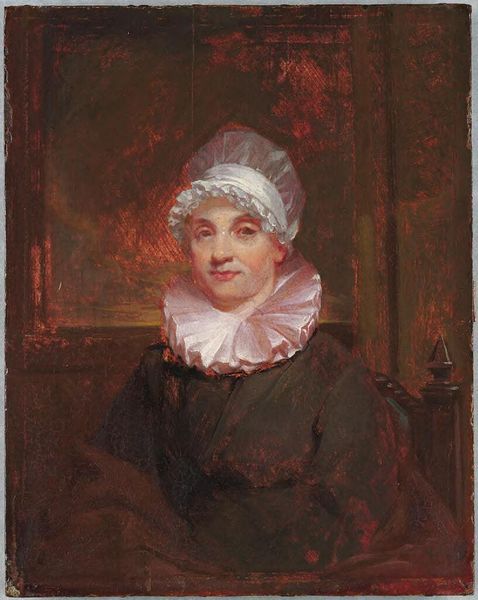
painting, oil-paint
#
portrait
#
painting
#
oil-paint
#
oil painting
#
romanticism
#
genre-painting
Dimensions: 25 cm (height) x 19.5 cm (width) (Netto)
Editor: So here we have Christen Købke’s "Portrait of Johanne Pløyenn, née Bachmann", painted in 1834 with oil paint. It's strikingly detailed, almost photograph-like for its time. What can you tell me about it? How do you read it in the context of its period? Curator: This portrait offers a fascinating insight into the bourgeoisie of the Danish Golden Age. Købke, typically celebrated for his landscapes, here gives us a glimpse into the domestic sphere. Notice how her garments – the lace bonnet and carefully draped shawl – communicate status and respectability within the social conventions of the time. How do you think such a portrayal plays into the socio-political framework of the 19th century? Editor: I suppose it presents a particular ideal, maybe subtly reinforcing societal roles? It's a formal portrait, so there's that distance, but at the same time it humanizes her, or attempts to. It’s not as idealized as other portraits I've seen, it's… restrained? Curator: Precisely. While adhering to the conventions of portraiture demanded by the upper classes, the subtle realism, as you noted, breaks with idealizations we often find in Romantic paintings of the era. One could also argue it subtly hints at the shifts occurring in the power structures of the early 19th century, subtly portraying her individuality even within her established societal role. Consider, too, the museum's role today in presenting such works – what messages are being circulated about class, gender and history? Editor: That makes me look at it in a different light! I hadn't really considered how the museum's selection itself affects our understanding. Thanks! Curator: And thank you for noticing the subtleties within. Reflecting on these aspects, it becomes a complex artifact reflecting the society from which it came.
Comments
No comments
Be the first to comment and join the conversation on the ultimate creative platform.

